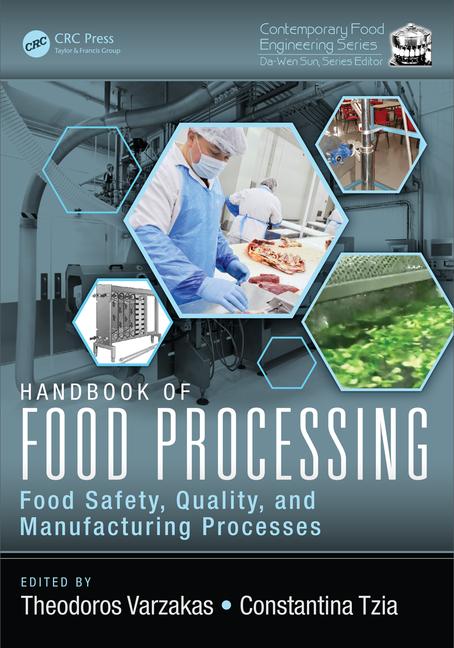One of the more challenging aspects of food manufacturing is food processors’ ability to discern between a fad and a trend, be they consumer- or industry-driven. A fad typically drives a relatively quick change in the way a company does business or makes and markets its products. The challenge is trying to predict if a fad will evolve into something with continuity—a trend. Both fads and trends pose risks to business success, including product quality and food safety.
One of the biggest trends in the food industry is the focus on Global Food Safety Initiative (GFSI)-benchmarked audit schemes for verification of food-safety programs. These audits not only look for strong implementation of food-safety programs, but also for the implementation of a quality system to manage these programs. The intent is directionally correct and admirable. However, there are examples in which a narrow interpretation and focus from practices to paperwork have created unintended consequences. These consequences have been a loss of attention to good manufacturing practices, resulting in a deterioration of sanitation conditions and food-safety practices in the production environment.
Organizations with a strong food-safety culture have been successful in embracing this trend and in retaining a strong food-safety and sanitary environment. They have implemented GFSI-benchmarked audits with an inspection-focused verification evaluation, either through an internal function or a third-party audit firm.
Consumer-related trends such as a desire for local sourcing, organic ingredients or specific nutrient requirements create their own set of risks. If managed well, the food-safety risks associated with such trends can be mitigated. When not properly assessed and planned for, the risks to food safety increase. For example, to comply with organic certification requirements, food and ingredients are made with fewer pesticides, sanitizers and preservation techniques like irradiation.
If the appropriate strategies aren’t in place to mitigate microbial concerns, consumers face an increased risk of buying foods and ingredients likely to spoil prematurely and/or make them ill. One example is the technical challenges that arise with low-sodium foods. Decreasing sodium—a traditional barrier for pathogen growth—in formulations may increase water activity. As one barrier is removed, alternative pathogen-control strategies must be implemented.
Business trends and consolidation
Finally, some trends are business-oriented. Consolidation in the North America fresh-baked goods industry is creating a three-tier industry: A few large national/multinational bakeries; a handful of regional bakeries; and the niche entrepreneur bakeries. In order for the entrepreneurial bakeries to compete, they often must incorporate unique ingredients, packaging or distribution to create a point of differentiation.
To offer an extended shelf-life product, bakers may look to using modified atmosphere packaging, which should offer favorable protections against anaerobic pathogens, such as Clostridium botulinum.
During a company consolidation, if the resulting company doesn't implement standardized food-safety procedures, unclear expectations and potential failures could result in food-safety programs. The gaps that may arise during transition periods may create a second risk if there is a food-safety failure. A recall can severely damage a brand’s image and consumer confidence. In this age of 24/7 news coverage, the impact could be global within days, if not hours.
Change is more the norm than the aberration in our world. When change happens, your change management program should address the impact the change may have on food safety and consumer protection.
When addressing this, consider involving a multidisciplinary team in the risk assessment. Changes can impact a variety of programs including, but not limited to sanitation, sanitary design, stock rotation, kill steps, allergen control, temperature control and personnel practices. Getting ahead of the fads and trends can be a significant business advantage, and handling it wisely prevents putting consumers or your reputation at risk.
André Biane is president and CEO of AIB International, Manhattan, Kan. Biane joined AIB in March 2013 and has more than 30 years in multiple executive and consulting roles with small to large companies.








